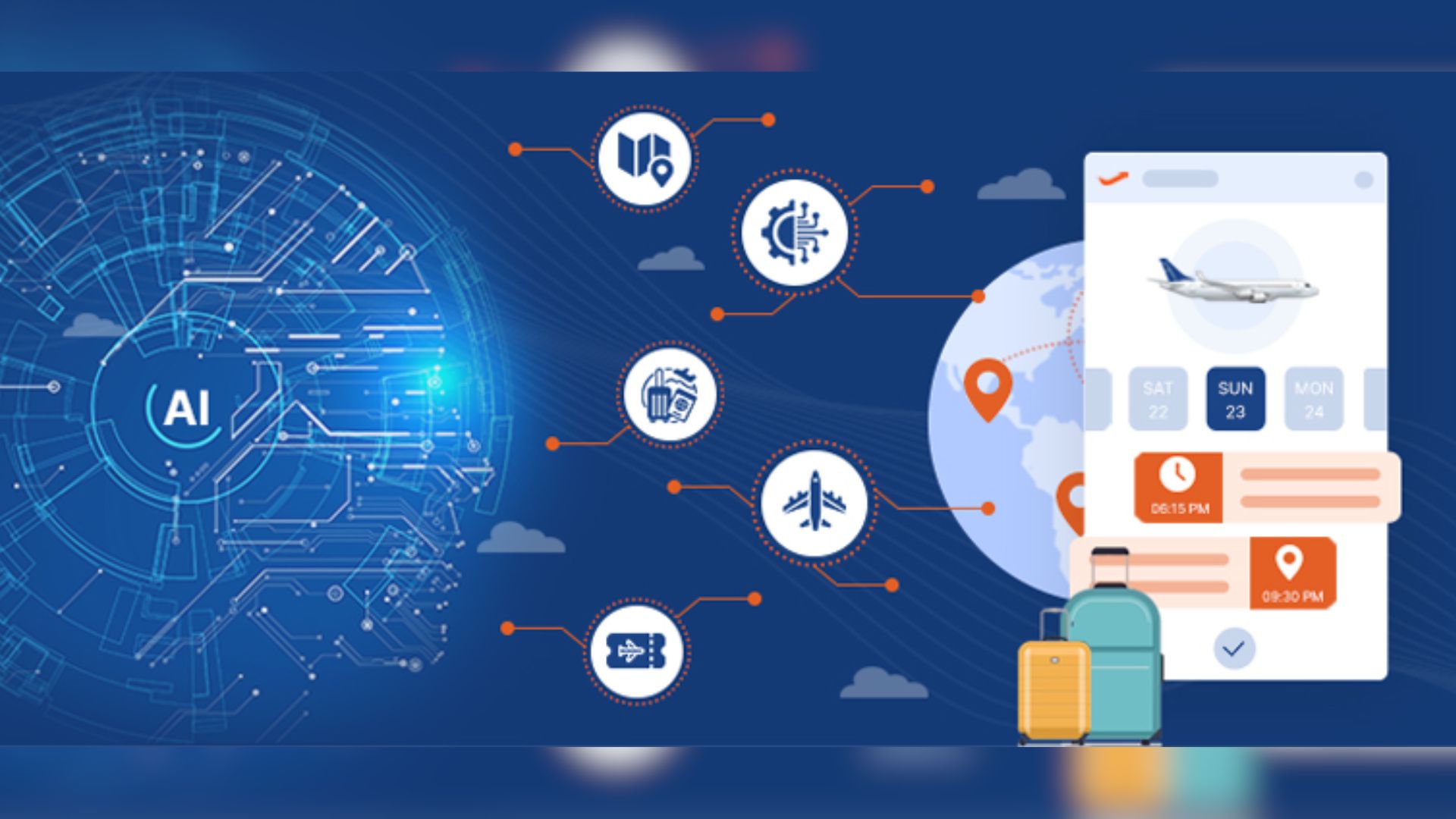
The Challenges and Opportunities of AI Tourism
In a frenetic technological landscape, the term “AI tourism” has developed; organizations pay a short visit to the fun world of generative AI. Firms find this innovation purportedly incredibly fast and efficient. Still, the excitement around generative AI puts organizations in dicey waters if they forget to lay down the critical groundwork of machine learning and the industrialization of their core AI systems. Without this foundational infrastructure, companies risk pursuing ephemeral use cases that would yield little to no long-term value.
The Dangers of a Short-Term Focus
Rushing into AI tourism is like playing a game of roulette-thrilling but at very high risk. Organizations that rely too much on their POC projects and pilot-only modes often land in a quagmire. According to a recent McKinsey report, over 70% of AI projects fail to make it from pilot to full-scale deployment. This kind of number is not just a statistic-it’s a clarion call for businesses to rethink their AI strategies.
It leaves companies implementing generative AI technologies without a full understanding of their complexities or the robust data infrastructure needed to support those innovations. Without looking forward, they result in disjointed systems not seamlessly integrated into current processes, causing productive and innovative performance to falter. That’s the consequence. This leaves them with shallow solutions that do not alleviate the underlying operational problems, thus wasting resources and time in a blind pursuit of quick results.
Pragmatic Solution
The effective exploitation of the possibilities of generative AI requires abandoning the enticing but passing appeal of AI tourism and creating a faster and cheaper means for integrating, interrogating, and reproducing valuable insights throughout organizations’ operations. It is an innovative system, supported by AI, that should parse through structured and unstructured data, continuing to learn about different data sources. Adaptive environments will help organizations both make sense in real time and create content, ensuring them to remain agile and responsive to changing demands of the market.
It breaks through the barriers of basic data silos and integrates the information coming from various channels into a common platform, such as customer interactions, market trends, and operational performance. Organizations can use sophisticated algorithms of machine learning to notice patterns and create insights that result in strategic decision making in this way. This not only improves operational efficiency but also cultivates the culture of continuous improvement and innovation .
Cases Across Sectors
The applications of generative AI are tremendous and spread across domains. Let’s consider some eye-opening use cases representing its strength:
1. Consumer Sector: Retailers can utilize generative AI to come up with hyper-personalized marketing campaigns that change in real-time based on what their customers do. According to a Deloitte study, personalization increases revenue by up to 10-30%. Through the analysis of customer interactions and preferences, AI systems can design tailormade advertisements and promotions that directly increase engagement and conversion rates. This is not an option-it is a must-do in today’s competitive marketplace.
2. Industrial: Generative AI has the potential to reshape and overhaul production schedules in manufacturing where real-time data coming from machines and supply chains can be monitored. It’s even possible to predict equipment failures and bottlenecks for the organization ahead of time so the organization can make the necessary adjustments in operations to cut downtime and maximize efficiency. According to one report, AI has the potential to boost productivity in manufacturing by as much as 20%. That is an improvement; it is a paradigm shift.
3. Pharmaceutical Industry: AI-based platforms can quickly expedite the clinical trials process by analyzing patient data and predicting outcomes. Generative AI can help discover appropriate participants for the trials, design optimal form templates for trials, and predict potential side effects from historical data. This may accelerate the timelines required for drug development, thereby trimming time-to-market by as much as 30-50%. The stakes are high, with even higher rewards.
Conclusion
Artificial intelligence tourism is barreling down to derail real progress, and so organizations must lay a sturdy foundation and must take a holistic approach to the integration of AI in general. The potential of transformative generative AI is not about transient solutions but about building sustainable mechanisms that drive long-term innovation and value across different spheres. As business embraces this pragmatic approach, it will be well placed to navigate the complexities of the new digital landscape and unleash all the power of AI technologies. Otherwise, they may simply find themselves stranded in the treacherous waters of AI tourism, watching through perhaps a rearview mirror as their competitors sail ahead.
– Arun Ghosh, Co-Founder & CEO, Looqup Data, Inc, Boston, USA




Leave a Reply